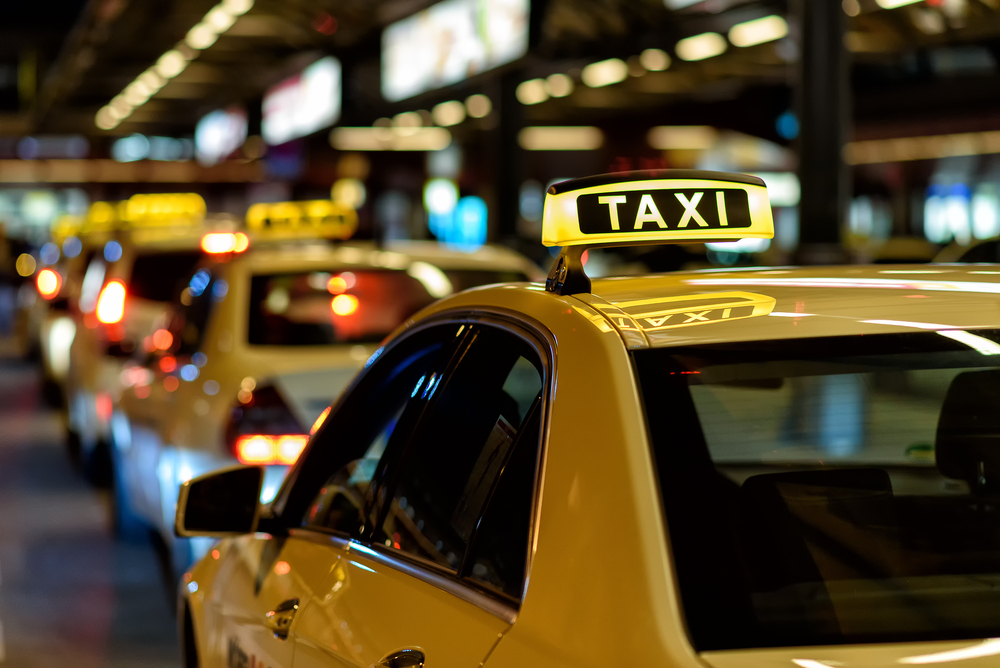
Taxis are a classic means of transportation. From the yellow taxis in New York City to the black cabs in London. Taxis are iconic and even symbolic of the cities they represent. However, taxis have often competed with public transportation such as trains, metros, buses, or trams. Taxis are a different breed than public transportation. They take you from one specific destination to another specific destination. They are quick, efficient, and lend themselves to privacy. Over the course of the last few years, transportation has been changing, and the amount of competition taxis have dealt with continues to rise as technology keeps changing the rules of the game.
Taxis have been impacted significantly with the rise of Uber, Lyft, and other rideshare platforms. Taxis are still alive and kicking, but the industry has changed in the last decade. Uber rates tend to be lower than taxis due to demand and an abundance of other reasons. One huge factor in why Uber rates trend lower and fluctuate so dramatically is regulations. Taxis are governed by city and state ordinances and laws, which have a huge impact on the rates charged. Although, taxi rates are falling incrementally in order to compete with Uber and other rideshare platforms.
Many cities, states, and even countries are trying to place regulations on rideshare platforms making it more expensive or more difficult to function in order to protect the taxi industry. Germany has all but outlawed Uber, and only four cities allow the app to provide their service within the country: Frankfurt, Düsseldorf, Berlin, and Munich. Barcelona implemented new regulations requiring drivers and rides to be booked at least 15 minutes ahead of time, which caused Uber to suspend their service in the city. Local and national governments are fighting against Uber through ordinances, regulations, and laws in order to keep their taxi industries alive and healthy.
The future of transportation is changing as quickly as technology. It is hard to predict what will happen in the coming days. Uber is here to stay, but so are taxis. They are effectively the same job, but go about it a little differently. Drivers for Uber are self employed, have to provide their own car, and cover their own costs. Taxi drivers do the same task, but they are employed by a company, drive a company car, and have their expenses covered for them. Many cities have seen a salary decrease of about 10% for employed drivers, but the rise in self-employed drivers has risen by 50%.
Taxis are not going anywhere any time soon. They are a part of the world’s culture in more than one way. Fares can be difficult to predict, so never hesitate to consult TaxiFareFinder to help you find the exact fare for your next ride.
